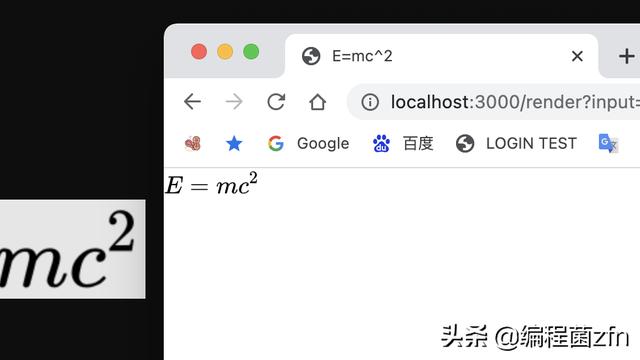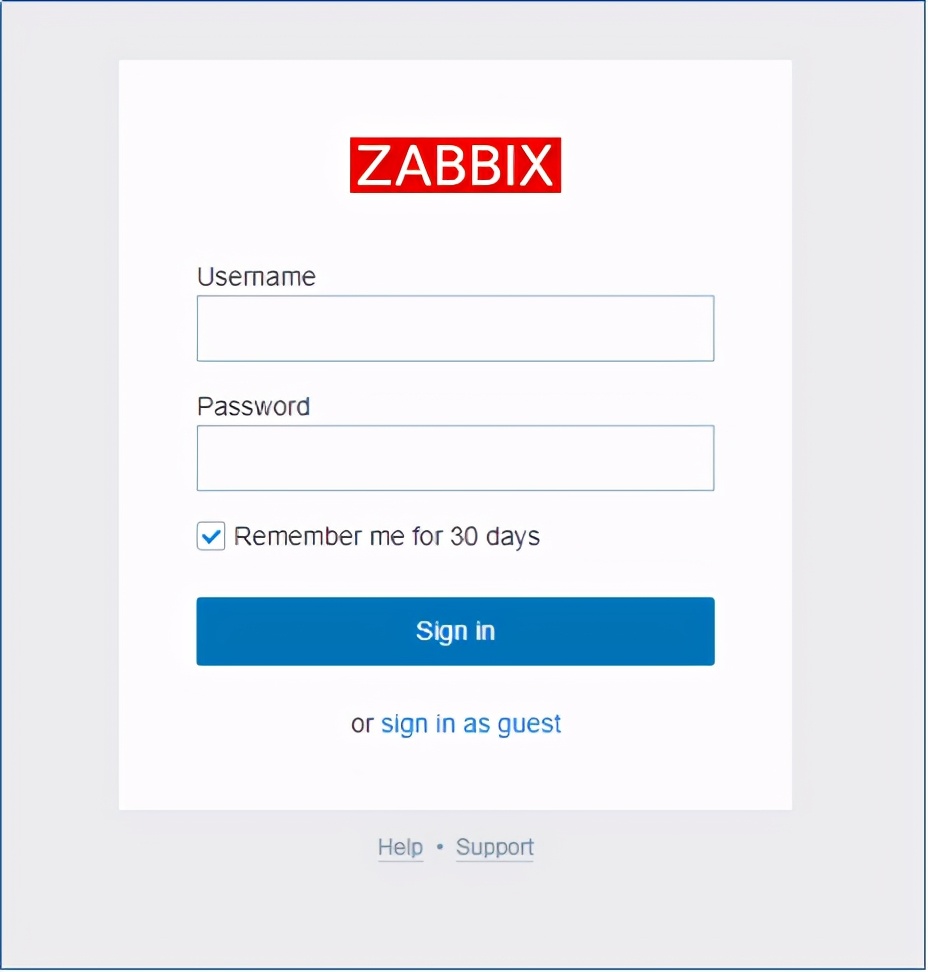Spring启动原理和可扩展设计分析
Spring启动原理和可扩展设计分析
简述
spring核心是一个容器,但是却能在它身上像插件一样集成很多功能,在设计上要做到封闭修改、扩展开放,这一点spring做的很优秀,对开发框架有很好的借鉴和指导意义。
本文通过分析spring的启动过程来分析spring扩展开放的设计实现,下面主要集中在两个点来分析:Aware和BeanPostProcessor。spring自身很多扩展功能也都是通过这两个机制来实现。
原则
spring在启动过程中会注册很多回调来实现各种扩展功能,回调的形式最重要的是Aware和BeanPostProcessor。
spring各种不同业务都是一个思路:
- 创建不同的ApplicationContext
- 不同的ApplicationContext写死一个Aware类型的BeanPostProcessor
- 由写死的Aware类型BeanPostProcessor来加载特殊业务的各种逻辑
Aware
每当spring容器完成某件事情(如ApplicationContext初始化完成)时都会通知Aware,Aware通常都具有一些setXXX()的方法,如BeanFactoryAware:
public interface BeanFactoryAware extends Aware {
void setBeanFactory(BeanFactory beanFactory) throws BeansException;
}
BeanPostProcessor
可以对spring扫描到的bean做手脚,初始化前和后
public interface BeanPostProcessor {
Object postProcessBeforeInitialization(Object bean, String beanName) throws BeansException;
Object postProcessAfterInitialization(Object bean, String beanName) throws BeansException;
}
Spring 启动过程
spring容器启动的模板编排在org.springframework.context.support.AbstractApplicationContext#refresh
public void refresh() throws BeansException, IllegalStateException {
prepareRefresh();
// Tell the subclass to refresh the internal bean factory.
ConfigurableListableBeanFactory beanFactory = obtainFreshBeanFactory();
// Prepare the bean factory for use in this context.
prepareBeanFactory(beanFactory);
try {
// Allows post-processing of the bean factory in context subclasses.
//子类通常在这里添加自己需要的BeanPostProcessor
postProcessBeanFactory(beanFactory);
// Invoke factory processors registered as beans in the context.
invokeBeanFactoryPostProcessors(beanFactory);
// Register bean processors that intercept bean creation.
//查找所有BeanPostProcessor并注册到容器中,bean初始化时会来调用bpp
registerBeanPostProcessors(beanFactory);
// Initialize message source for this context.
initMessageSource();
// Initialize event multicaster for this context.
initApplicationEventMulticaster();
// Initialize other special beans in specific context subclasses.
onRefresh();
// Check for listener beans and register them.
registerListeners();
// Instantiate all remaining (non-lazy-init) singletons.
finishBeanFactoryInitialization(beanFactory);
// Last step: publish corresponding event.
finishRefresh();
}
}
其中AbstractApplicationContext#prepareBeanFactory里注册ApplicationContext的Aware处理器:
beanFactory.addBeanPostProcessor(new ApplicationContextAwareProcessor(this))
ApplicationContextAwareProcessor里会触发各种aware
- ApplicationContextAware
- ApplicationEventPublisherAware
- ResourceLoaderAware
- EmbeddedValueResolverAware
- EnvironmentAware
实现Aware的各种bean接收到回调后就能获取各自想要的东西(ApplicationContext、ResourceLoader等),有了这些东西他们就可以实现自己的个性化逻辑
spring web启动
下面以spring web为例看看Spring web是如何在spring的基础上实现扩展的。
spring web的ApplicationContext大多集成自AbstractRefreshableWebApplicationContext
首先,还是那个套路,创建特殊的ApplicationContext,然后写死一个BeanPostProcessor
AbstractRefreshableWebApplicationContext#postProcessBeanFactory
@Override
protected void postProcessBeanFactory(ConfigurableListableBeanFactory beanFactory) {
beanFactory.addBeanPostProcessor(new ServletContextAwareProcessor(this.servletContext, this.servletConfig));
}
ServletContextAwareProcessor处理两种类型的Aware
- ServletContextAware
- ServletConfigAware
这是上面说的典型的套路
实现了ServletContextAware的bean就这样获取到了web上下文,可以做自己的事情了
spring web初始化方式
web.xml + ContextLoaderListener
< listener > < listener-class > org.springframework.web.context.ContextLoaderListener </ listener-class > </ listener > <context-param> <param-name>contextConfigLocation</param-name> <param-value>classpath:conf/spring/applicationContext.xml</param-value> </context-param>
ContextLoaderListener 初始化WebApplicationContext 判断启动哪种WebApplicationContext
- web.xml 里的context-param找contextClass
- 没有的话就加载默认:spring jar里ContextLoader.properties写的XmlWebApplicationContext
web.mxl + DispatcherServlet
<servlet> <servlet-name>springMvc</servlet-name> <servlet-class>org.springframework.web.servlet.DispatcherServlet</servlet-class> </servlet>
DispatcherServlet基于Servlet生命周期会在JAVAx.servlet.GenericServlet.init()初始化spring容器
springboot
DispatcherServletAutoConfiguration
@Bean(name = DEFAULT_DISPATCHER_SERVLET_BEAN_NAME)
public DispatcherServlet dispatcherServlet() {
DispatcherServlet dispatcherServlet = new DispatcherServlet();
dispatcherServlet.setDispatchOptionsRequest(
this.webMvcProperties.isDispatchOptionsRequest());
dispatcherServlet.setDispatchTraceRequest(
this.webMvcProperties.isDispatchTraceRequest());
dispatcherServlet.setThrowExceptionIfNoHandlerFound(
this.webMvcProperties.isThrowExceptionIfNoHandlerFound());
return dispatcherServlet;
}
Spring MVC原理
接着上面的web原理
Dispatcher
Dispatcher是一个Servlet,是spring web的入口,来看下spring的dispatcher如何处理请求

spring mvc
Spring MVC的入口是Controller,那么解析Controller的东西自然就是SpringMVC的入口了。
这个入口就是:
RequestMappingHandlerMapping
这个东西继承了3个Aware
- ApplicationAware(Spring web)
- ServletContextAware (Spring web)
- EmbeddedValueResolverAware (Spring context)
是不是很熟悉!
通过Aware,Spring mvc就这么起来了!并且能够自定义解析各种注解
RequestMappingHandlerMapping
内部维护一个Map<T, HandlerMethod> handlerMethods,T就是Controller的类
public class RequestMappingHandlerMapping extends RequestMappingInfoHandlerMapping
implements MatchableHandlerMapping, EmbeddedValueResolverAware {
/** 1. 初始化 */
public void afterPropertiesSet() {
initHandlerMethods();
}
/** 2. 扫描所有Object的bean,扫描Controller、RequestMapping
3. 扫描每个controller的web请求方法,写入到handlerMethods里,以后处理请求时用来对应查找
*/
protected void initHandlerMethods() {
String[] beanNames = (this.detectHandlerMethodsInAncestorContexts ?
BeanFactoryUtils.beanNamesForTypeIncludingAncestors(getApplicationContext(), Object.class) :
getApplicationContext().getBeanNamesForType(Object.class));
for (String beanName : beanNames) {
if (!beanName.startsWith(SCOPED_TARGET_NAME_PREFIX) &&
isHandler(getApplicationContext().getType(beanName))){
//查找web请求方法
detectHandlerMethods(beanName);
}
}
handlerMethodsInitialized(getHandlerMethods());
}
@Override
protected boolean isHandler(Class<?> beanType) {
return ((AnnotationUtils.findAnnotation(beanType, Controller.class) != null) ||
(AnnotationUtils.findAnnotation(beanType, RequestMapping.class) != null));
}
/** 4. 处理web请求时负责找到对应的处理方法 */
@Override
public final HandlerExecutionChain getHandler(HttpServletRequest request) throws Exception {
Object handler = getHandlerInternal(request);
if (handler == null) {
handler = getDefaultHandler();
}
if (handler == null) {
return null;
}
// Bean name or resolved handler?
if (handler instanceof String) {
String handlerName = (String) handler;
handler = getApplicationContext().getBean(handlerName);
}
/** 组装HandlerExecutionChain,里面主要包括处理列表:
List<HandlerInterceptor> interceptorList; */
return getHandlerExecutionChain(handler, request);
}
}




















